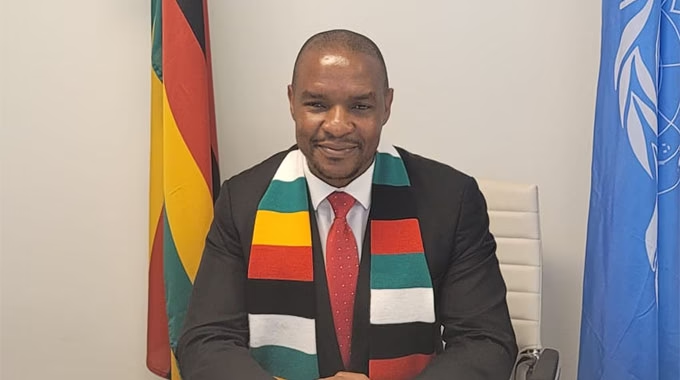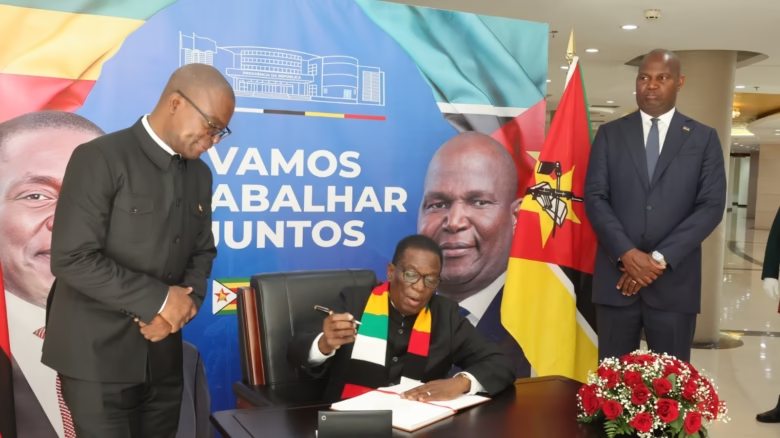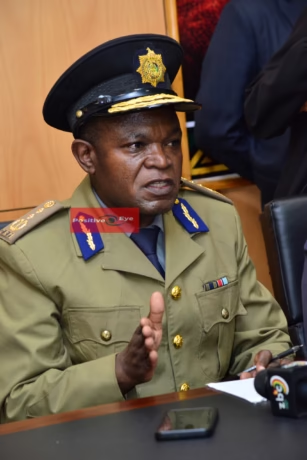
The Portfolio Committee on Transport and Infrastructural Development has raised critical concerns over the Ministry of Transport’s 2024 budget performance, highlighting strong gains in road infrastructure while exposing deep imbalances in other key sectors.
According to the Committee’s analysis of the Ministry’s second to fourth quarter reports, nearly 93 percent of the ZWG$4.6 billion budget went into roads, leaving rail, aviation, and inland waters significantly underfunded. While the roads programme absorbed resources effectively—utilising 80 percent of its ZWG$4.3 billion allocation—the other transport modes remained crippled by low budget support, with rail and aviation at just 26 percent utilisation and inland waters at 42 percent.
This uneven distribution, the Committee warned, risks undermining Zimbabwe’s vision of building an integrated transport system under the National Development Strategy 1 (NDS1). “While roads are vital, neglecting rail, aviation and waterways compromises economic competitiveness, regional integration and sustainability,” the Committee noted.
Performance shortfalls also dominated the report. The long-delayed Harare–Beitbridge Road, a lifeline of the North-South Corridor, missed its 27.2 km target for the year due to competing funding priorities. Similarly, the Ministry failed to deliver the three new tollgates it had promised in 2024, citing forex shortages, weak contractor capacity, and slow procurement processes. On the Harare–Kanyemba Road, only 24 km of dualisation was completed, though the project scope has since expanded to cover bridges, toll plazas and border post modernization.
The Committee also flagged the Ministry’s human resource challenges, with a staggering 30 percent vacancy rate across critical posts in engineering and management. While Treasury approval allowed the filling of 76 posts and incentives such as vehicles for engineers were introduced, high staff turnover remains a pressing threat to service delivery.
Yet amid these gaps, there were pockets of success. The Ministry surpassed its revenue targets, collecting ZWG$165 million in local currency and USD$7.3 million from fees against a USD$4 million target. The adoption of a US-dollar pricing base, with the option of local currency payments at the interbank rate, cushioned against exchange rate volatility and boosted collections. Compliance with financial reporting also improved, following previous audit criticisms.
Looking ahead, the Committee has issued tough deadlines. By September 2025, the Ministry must allocate at least 10 percent of its budget to maintenance, fast-track the Road Accident Fund Bill, and address delays on the Harare-Beitbridge project. It also urged the Ministry of Finance to ensure timely disbursements to prevent stalled works.
In its conclusion, the Committee emphasised that while roads remain the flagship of transport investment, Zimbabwe cannot achieve sustainable growth without strengthening rail, aviation and waterways. A balanced approach, it stressed, is the only path toward building a modern, efficient and inclusive transport system that truly supports national development goals.




